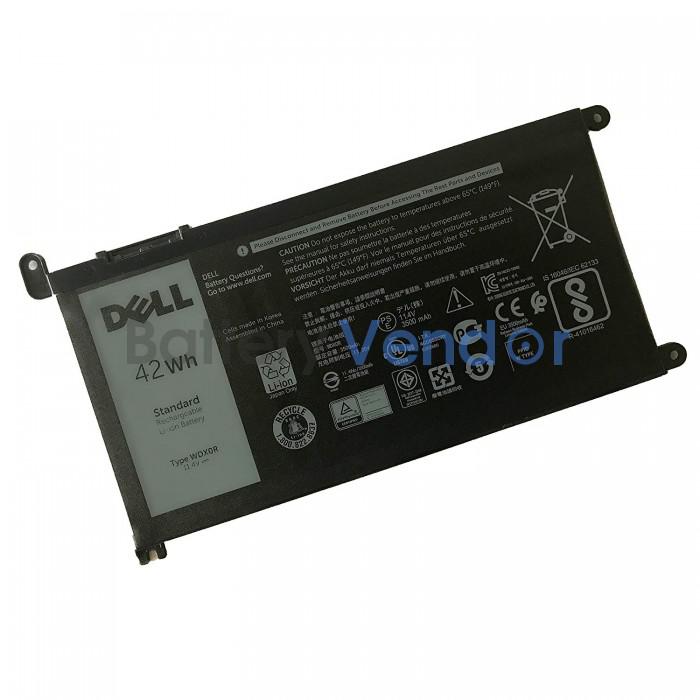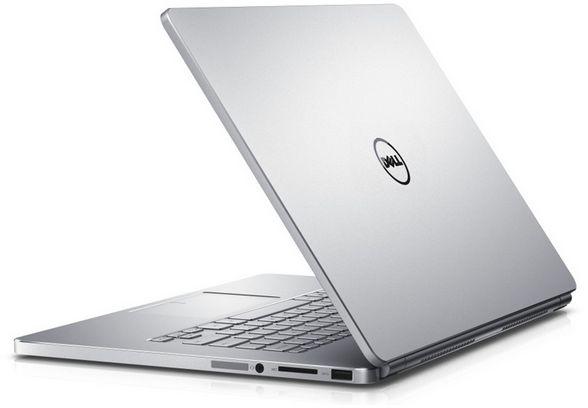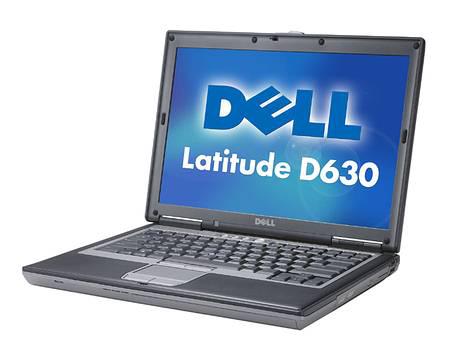Chromebooks hit a major milestone last May, outselling Macs in the US for the first time, according to IDC. It was a pretty big win for a category that was often maligned at launch for its relative lack of functionality. And though the Devices may not be entirely mainstream, but they've seen an impressive resurgence in recent years.
Unless you have a lot of experience with it, it's a pretty safe assumption that you haven't spent much time in a classroom lately. Extremely competitive prices coupled with robust design have made the category extremely attractive for schools, a sector that served as a driving force behind the products. But have the devices progressed enough to justify the purchase after completion?
Announced back at CES in January, Samsung's two new Chromebooks serve as a good indicator of how far the category has come in the five-and-a-half years since their inception, combining offline functionality with a newfound access to Google Play. Opening the laptop up to a sea of Android apps. That, coupled with a convertible form factor and very Samsung-like inclusion of a stylus (née S-Pen), make it one of the more compelling Chromebooks of recent memory.
Chromebook on the cover
The Chromebook, as the name suggests, is pretty basic, with two pancake slices pulled together by big silver hinges. It's a humble thing - more or less what you'd expect from a budget system. Platinum Silver color is nice to look at, although the finish is extremely lightly worn from carrying it around town in my backpack, so you'll probably want to pick up a special case for the thing.
Like the (significantly more expensive) new MacBooks, Samsung's Chromebook aims for port homogeneity, with a single USB-C on either side that can be used to charge the device, connect accessories, and stream and charge to a 4K monitor you want with your Chromebook get really fancy for $449.
A headphone jack and a microSD slot are on the left; the volume rocker, power button, and stylus housing are on the right. On the bottom of the Chromebook are two small speaker grilles, elevated off the desk by a quartet of rubber feet are. The system is 0.55 inches thick and weighs 2.38 pounds - that's a bit thicker and heavier than a MacBook, but certainly portable enough to fit in a backpack.
The keyboard is a bit cramped - a bit of getting used to, assuming something full-sized - but it adjusts fairly easily. Ditto for the keys, which are a little soft. The trackpad is also fairly small and a little sluggish by default - touchscreen-wise and integrated stylus, however, there really is no shortage of methods for interacting with the system.
sound and image
Samsung's new Chromebooks feature a 12.3-inch display with a resolution of 2,400 x 1,600 pixels, making it Quad HD -- and significantly higher resolution than current comparable offerings from Dell, Acer, and ASUS. In all honesty, it's a real one great display for the price.
Granted, these devices are mostly positioned for business/education, but the inclusion of Google Play access really opens up a range of entertainment options for the system. Coupled with a crisp and bright display, the system caters to users looking for a solid utility player looking for a good price, much more attractive.

And then, of course, there's the 360-degree hinge, which turns it into a slab of slate (albeit thick), or lets the keyboard double as a stand for filming. The built-in accelerometer also means you can use the movement for mobile gaming, in the case of titles that require you to tilt the handset to play.
The speakers, on the other hand, aren't anything special - as you'd no doubt expect from the category. They do get pretty loud, though, so it's probably enough for listening to a little music or watching an episode or two of a show. Otherwise, you'll probably want yourself watch some headphones or a bluetooth speaker.
Beyond the Chromebook
The addition of the Google Play Store is definitely the nicest new feature for this latest generation Chromebook. Native support will be available across the board, but for now Samsung's devices are one of the few places where you can get the functionality .It's a great addition and a quick fix to the persistent Chrome OS app picking problem.
If it's on the Play Store, you can download it, but as with any convertible, it's important to remember that many apps aren't optimized for the form factor. For the most part, this is just a minor inconvenience when all features are factored in which it opens. The system is currently in beta (it will be live when the system goes to retail in April) but I haven't encountered any major issues.
And of course, it wouldn't be a new Samsung product without a stylus that blends neatly into the side of the product. The company has pointed out that given the same hardware, it's explicitly not an S Pen - the difference is less in the Note connection than in the software used.
As the company points out, the S Pen is part of a very special mobile software suite. Instead, the company worked directly with Google to develop a hardware-software experience that allows for a more seamless writing/drawing experience with the input device. And it largely delivers by using a prediction algorithm that helps reduce lag and create a smooth experience.
Like the S Pen, the stylus immediately triggers a popup on the screen when pulled out. From there, you can take screenshots, use the tool in presenter mode, or open a new note. The on-board functionality is pretty basic - probably not advanced for anyone wanting to create serious artwork on the Thing, but those who take notes by hand a lot will find the stylus a nice addition.
In its current form it's not really enough to make or break the device for most users, but it's a nice feature.
Plus or Pro
Samsung's two new Chromebooks are virtually identical inside and out. You'll find a decent 4GB of RAM paired with 32GB of storage. That's not much for a notebook, admittedly, but it's a step in the right direction as Chromebooks take their offline -Further expanding functionality. The systems also support a microSD slot on the side so you can expand that a bit, especially handy with all the new app access.
The battery life is quoted at eight hours and in fact I found I could use the system for a full day without plugging it in. Not the best in the laptop business, but certainly enough for most real-world uses.
The only real difference between the systems is small but important. The Plus features an ARM processor - similar to what you'll find on a mobile device, while the Pro Sport and Intel m3. That alone is enough to explain the price difference between to justify the systems - $499 vs. $549. In a way, it also represents a symbolic divide between older Chromebooks and those with full-fledged laptop aspirations.
The decision to upgrade depends entirely on what you want to achieve with the system. If you see the Chromebook as a simple secondary device to complement your everyday laptop driver, the Plus should serve that purpose. If you expect the system to do quite a bit processing power, you'll bring yourself to your knees for not spending the extra $100 to upgrade.
Chrome sweet Chrome
If early Chromebooks are (understandably) putting you off, a revisit might be overdue. The category has evolved since the first generation, evolving from a machine defined by its limitations into a legitimate, inexpensive computing device—a transformation , which is fueled by the addition of Google Play.
Samsung's new Chromebooks aren't exceptional, but a good signpost for that advancement. The devices are inexpensive, powerful, and come with a number of welcome hardware additions like the high-resolution 360-degree display.





